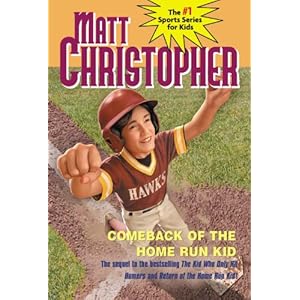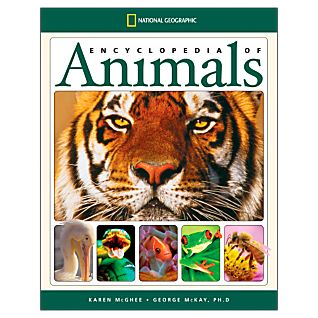The textbook suggested having students bring in their three favorite, recently read books. As the students share their books and explain why they liked it, the teacher can record all of this information gauge their interest. If a student brings in three books and shows a lot of interest in the science fiction category, as a teacher it is important to provide them with different types of books to possibly expand their interest. If a child brings no books or brings in books that they have obviously not read, it is obvious to the teacher that there are variables at hand that will need to be dealt with such as home life and their interest level in reading as a whole. As a teacher, it is important to understand the validity of reading in each child's life.
Say Sue Ann brought in her "best books of summer" which includes a book on whale, one on dinosaurs, and another fiction novel called runaway horse. With this information, the teacher can assess that Sue Ann likes books on animals, mostly non-fiction, and shows a lot of interest in reading. For the rest of the year, provide Sue Anne with a multitude of different novels, articles, non-fiction, and magazines about animals. She will grow even fonder of reading.
Now say that Ray brings in no books, shows little interest in reading, but did
bring a sports page from the local newspaper. Provide Ray with stories of famous athletes, books about the history of sports, sports magazines, and novels about sports. This choice of reading may spark Ray's interest and bring him to enjoy literature.


All students are different readers, and as a teacher it is important to know the individual characteristics and interest of each student.
As a future student, do you think there is another way to judge a student's interest?
Do you think it is important to place books for each child's interest in your classroom?



No comments:
Post a Comment